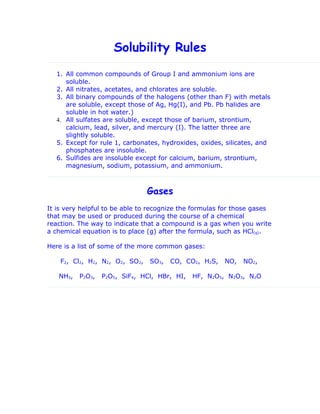More Related Content
What's hot
What's hot (20)
Applied Chapter 5.3 : Names and Formulas of Compounds

Applied Chapter 5.3 : Names and Formulas of Compounds
Viewers also liked
Viewers also liked (19)
Industrial energy efficiency techniques and energy management (1)

Industrial energy efficiency techniques and energy management (1)
Handbook of cosmetic science and technology, third edition

Handbook of cosmetic science and technology, third edition
Chemical Process Industry (Production of Caustic Soda & Chlorine)

Chemical Process Industry (Production of Caustic Soda & Chlorine)
MANUFACTURE OF CHLORINE - CAUSTIC SODA USING ELECTROLYSIS PROCESS (MEMBRANE C...

MANUFACTURE OF CHLORINE - CAUSTIC SODA USING ELECTROLYSIS PROCESS (MEMBRANE C...
Study 2: Front-End Engineering Design and Project Definition

Study 2: Front-End Engineering Design and Project Definition
GAS DISPERSION - A Definitive Guide to Accidental Releases of Heavy Gases

GAS DISPERSION - A Definitive Guide to Accidental Releases of Heavy Gases
Similar to Solubility Rules
Similar to Solubility Rules (20)
On the basis of the general solubility rules given in the table belo.pdf

On the basis of the general solubility rules given in the table belo.pdf
A) ionic compounds generally formed between the c.pdf

A) ionic compounds generally formed between the c.pdf
Chemistry prediction of products and workshop homework

Chemistry prediction of products and workshop homework
More from Lisa
More from Lisa (9)
Solubility Rules
- 1. Solubility Rules 1. All common compounds of Group I and ammonium ions are soluble. 2. All nitrates, acetates, and chlorates are soluble. 3. All binary compounds of the halogens (other than F) with metals are soluble, except those of Ag, Hg(I), and Pb. Pb halides are soluble in hot water.) 4. All sulfates are soluble, except those of barium, strontium, calcium, lead, silver, and mercury (I). The latter three are slightly soluble. 5. Except for rule 1, carbonates, hydroxides, oxides, silicates, and phosphates are insoluble. 6. Sulfides are insoluble except for calcium, barium, strontium, magnesium, sodium, potassium, and ammonium. Gases It is very helpful to be able to recognize the formulas for those gases that may be used or produced during the course of a chemical reaction. The way to indicate that a compound is a gas when you write a chemical equation is to place (g) after the formula, such as HCl(g). Here is a list of some of the more common gases: F2, Cl2, H2, N2, O2, SO2, SO3, CO, CO2, H2S, NO, NO2, NH3, P2O3, P2O5, SiF4, HCl, HBr, HI, HF, N2O5, N2O3, N2O
